Corn is one of the most popular grains around the world. It's available in different forms such as corn on a cob, popcorn, and even as one of the main ingredients of different corn snacks.
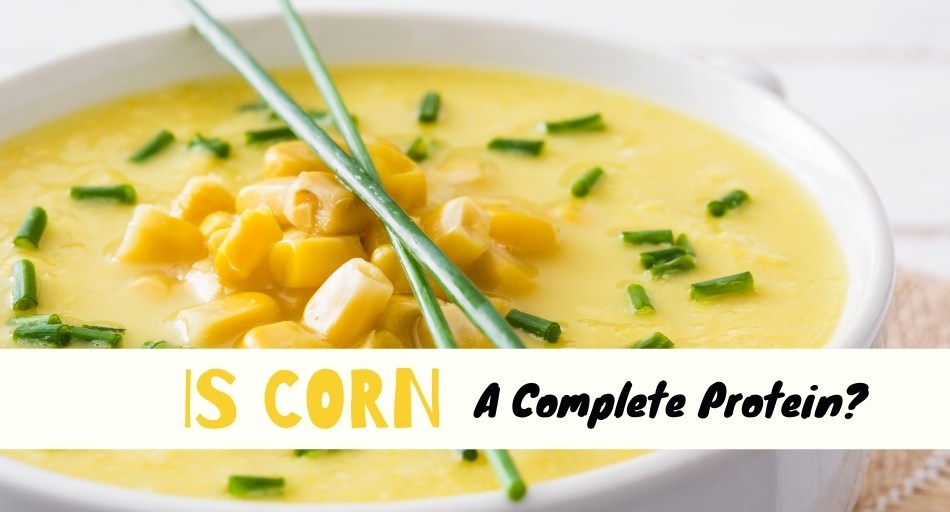
Most breakfast cereals are also made of corn. But is corn a complete protein and is it good for you?
Table of Contents
Is Corn a Complete Protein?
Corn isn't a complete protein like other plant-based foods. It's lacking two essential amino acids that our bodies can't produce.
It's important to get the essential amino acids from your diet. That way, you can have the complete protein your body needs. But there's no need to avoid your favorite food such as corn. Pair it with another food with incomplete protein instead.
But your body can make some of these amino acids. Others are essential since your body can't produce them.
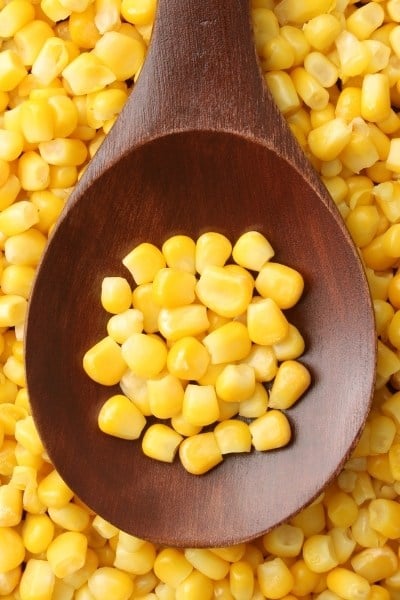
Complete protein refers to the number of amino acids present in the food. It's an essential nutrient which means that the body can't make them. The protein should have adequate amounts of amino acids to be considered as a complete protein.
The 9 essential amino acids are histidine, isoleucine, leucine, lysine, methionine, phenylalanine, threonine, tryptophan, and valine.
Why Isn't Corn a Complete Protein?
Corn is not considered a complete protein because it's missing lysine and tryptophan, two essential amino acids that are the building blocks of protein. It's best to mix the corn with other food to fill in the gap.
Corn may not provide enough protein but adding beans and other vegetables can make it a complete protein.
That's why it's recommended to do meal pairings. To get complete proteins, mix corn tortillas with pinto beans which is common in vegan and vegetarian meals.
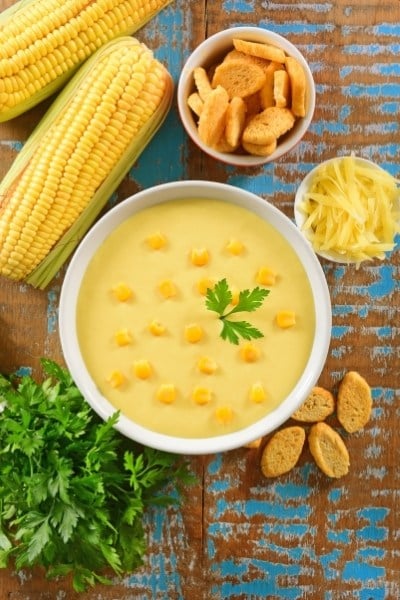
How Much Protein Does Corn Have?
When you cut the corn from the cob, it will provide around 4 grams of protein per cup. If you have 3 ounces of corn, it will also give you 3 grams of protein.
If you want to have more, canned corn can provide about 5 grams of protein. Creamed corn can also provide the same amount of protein. However, fresh corn is still the best since canned corn contains a lot of sodium which keeps it fresh.
How Can You Make Corn a Complete Protein?
If you want to get the right amount of protein from corn alone, it will take around 16 to 20 ears of corn.
That means that you need to consume more than 1410 calories to get an adequate amount of protein from corn. The best thing to do is to mix it with another food with a good amount of protein.
- Cauliflower
Mixing cauliflower with corn is a good idea since it's high in lysine. Add about 223 grams of corn with 21.4 grams of cauliflower to make a complete protein side dish.
Make sure to have a ratio of 1:0.1 of corn to cauliflower to make a complete protein.
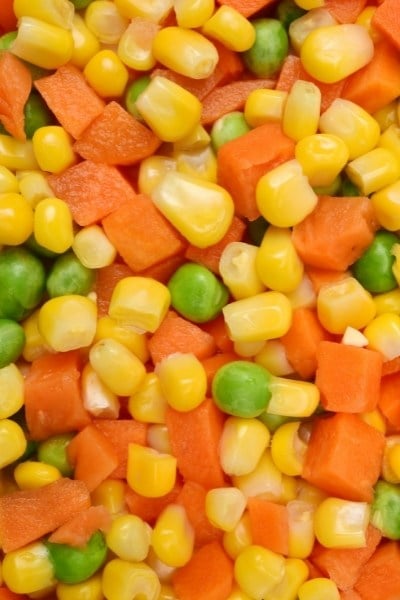
- Carrots
Carrots are low in protein and high in lysine which will complement corn. It will be a good vegetable to mix with corn to make a complete protein.
Mix 223 grams of corn to 47 grams of carrot to have the right amount of amino acids. It should be a 0.21:1 carrot to corn ratio to have a complete protein.
RELATED: Is Pea Protein a Complete Protein? (Quick Facts)
- Watermelon
Watermelon can be complementary with corn since it's also low in protein but high in lysine. To make a complete protein, mix about 223 grams of corn with 81 grams of watermelon.
It should be 1:0.36 to 1:0.32 corn to watermelon ratio to reach the right amount of protein you need to stay healthy.
- Crimini Mushroom
Crimini mushroom contains a good amount of supplementary protein. It's also high in lysine which will make corn a complete protein.
The 2.5 ears of corn and adding 3.7 tablespoons of crimini mushrooms will complete the amino acids. The ratio of corn to crimini mushrooms should be 1:0.09 to 1:36 to make a complete protein.
- Cranberry
Cranberry will also complement corn since it's low in protein but high in lysine content. When you add 2.5 ears of corn to 1.4 cups of cranberry, it will create a complete protein. The corn to cranberry ratio should be 1:0.7 to 1:0.7.
RELATED: Are Cranberries High In Potassium? (3-Minute Read)
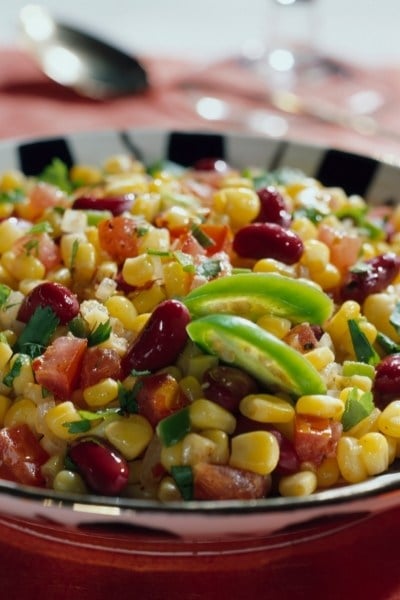
- Milk
Milk is a good source of supplemental protein as well as is high in lysine. It can make a complete protein if you mix them with the right amount.
The ratio of corn to milk must be 1:0.1 to 1:39. That means 223 grams of corn plus 1.4 tablespoons of milk. It will make the corn more nutritious.
How Can You Get the Most Out of the Protein in Corn?
To get the most out of the protein in corn, you should mix it with other food. For example, add brown rice, couscous, or cooked lentils with corn.
A cup of brown rice contains 5 grams of protein. Couscous contains 6 grams while lentils have 18 grams of protein.
Adding green peas with corn will also help you to get more protein. That will provide you with 8.25 grams of protein when it's boiled.
You don't need to pair corn with another protein source all the time. The best thing to do is have corn for lunch and have another protein source for dinner.
Conclusion
Corn alone is not a complete protein. However, you can add other protein sources that can provide additional amino acids.
It's tasty and a better option if you are craving a snack. The best part is you don't need to mix the corn with another protein source in the same meal.
Corn is also healthy. But avoid overeating corn since having too much can increase your weight. If you need to have complete protein, corn should not be the only thing on your plate.
